Feb 15, 2023
The World in 2090 — Technologies 70 Years From Now Will SHOCK You!
Posted by Dan Breeden in categories: genetics, neuroscience, virtual reality
Are you ready to explore the future and imagine the incredible technological advancements that await us in the year 2090? From Neural Interfaces to Hypersonic Vactrains, Photosynthetic Humans, Fully Immersive Virtual Realities, Self-Healing Materials, and Genetic Enhancement, our world will look nothing like it does today.
Imagine controlling devices with your thoughts through Neural Interfaces, traveling from New York to Los Angeles in just 30 minutes with Hypersonic Vactrains, fueling your body with the sun with Photosynthetic Humans, immersing yourself in fully realistic virtual environments, repairing materials instantly with Self-Healing Materials, and enhancing your genetics for better physical and mental capabilities.
Continue reading “The World in 2090 — Technologies 70 Years From Now Will SHOCK You!” »
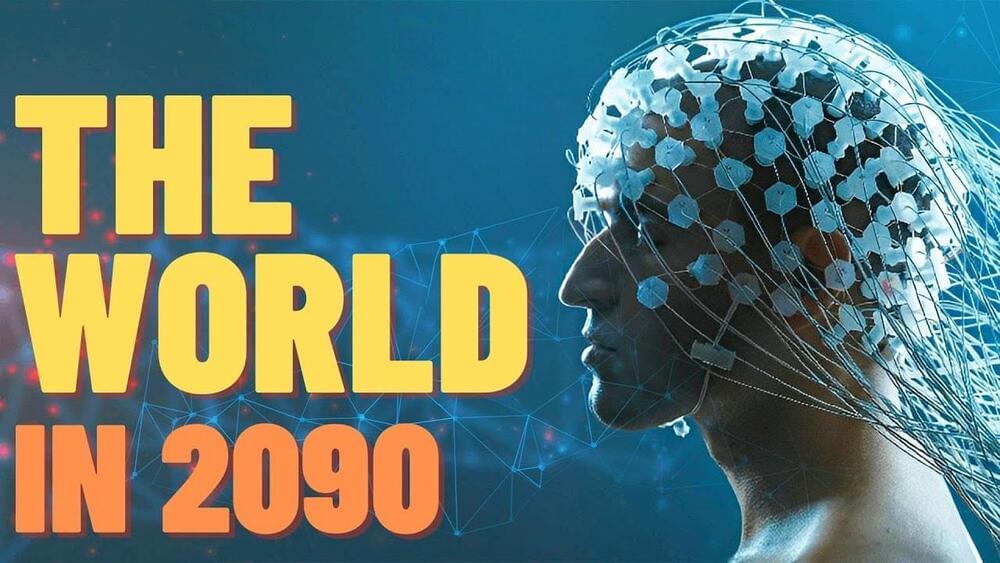

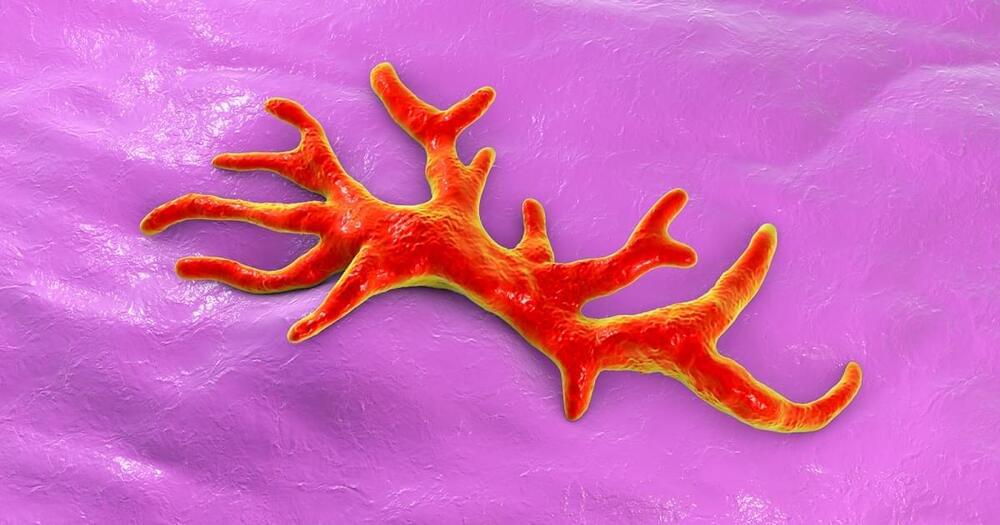
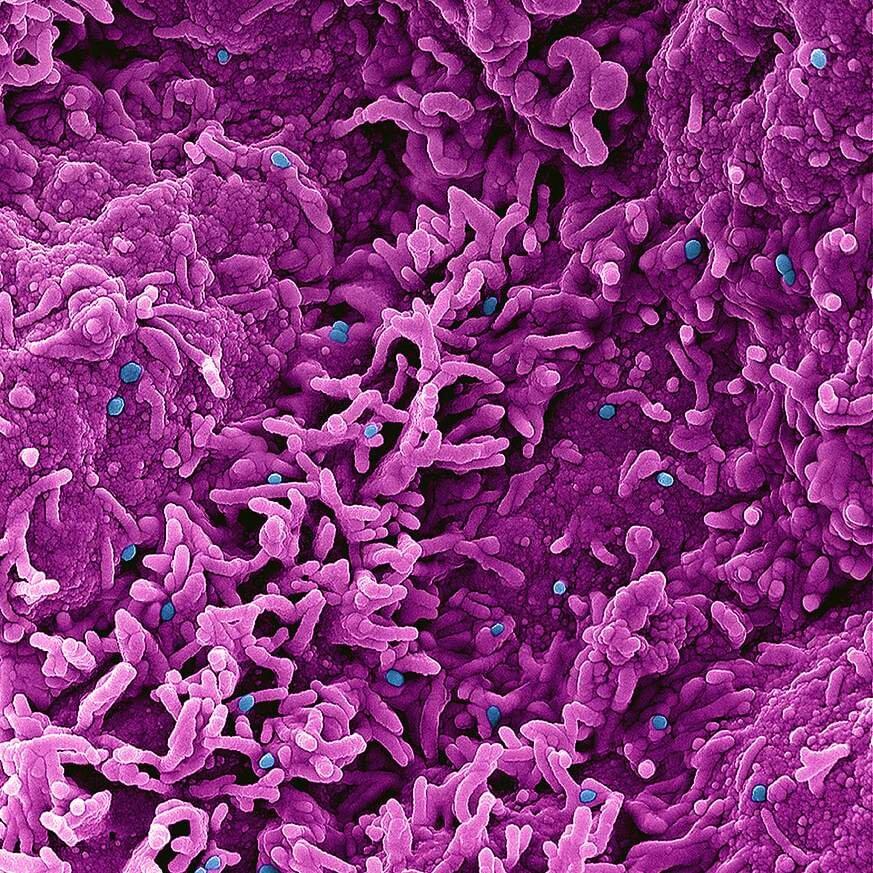
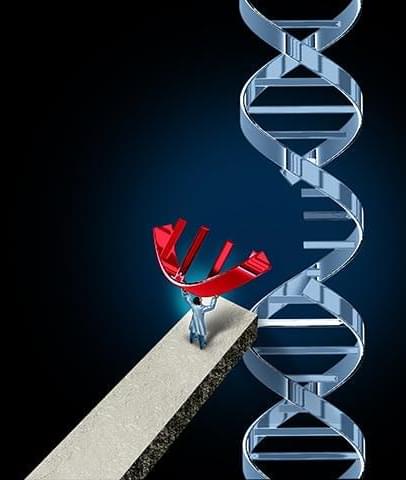
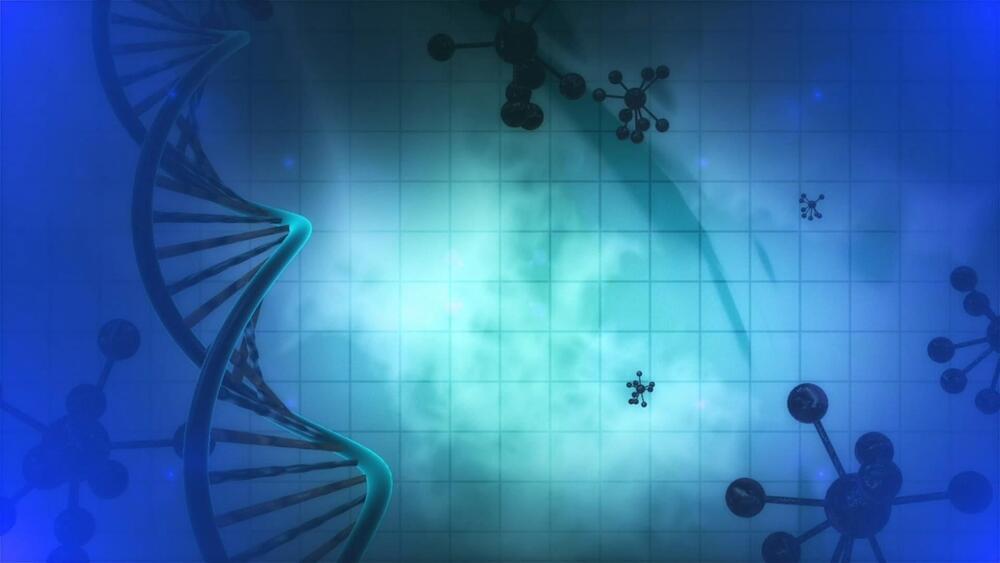
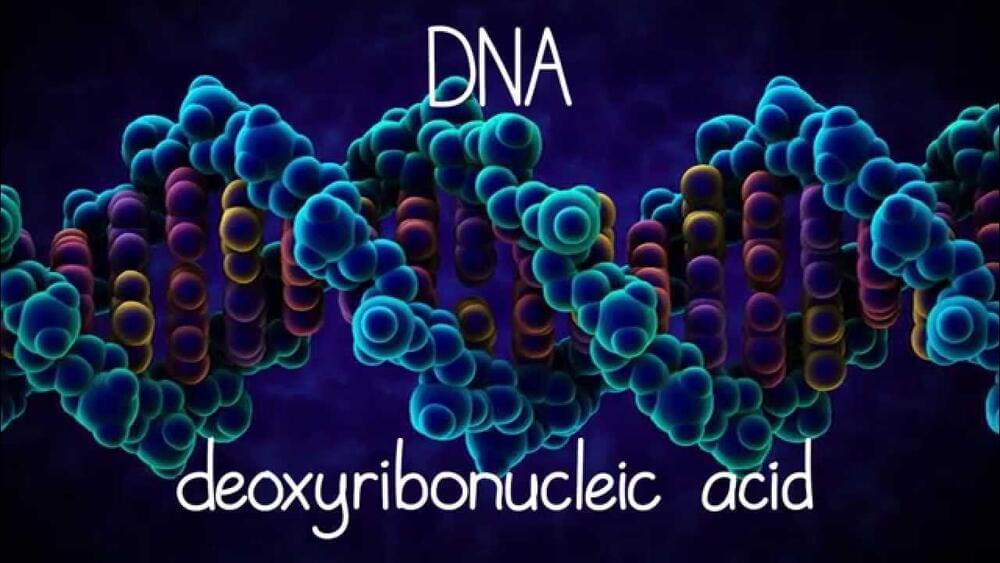

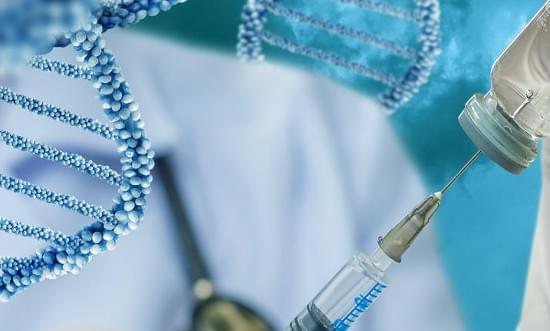
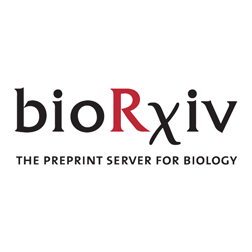 Enhancers change rapidly during evolution, but the mechanisms by which new enhancers originate in the genome are mostly unknown. Not all regions of the genome evolve at the same rate and mutations are elevated at late DNA replication time. To understand the role played by mutational processes in enhancer evolution, we leveraged changes in mutation rates across the genome. By examining enhancer turnover in matched healthy and tumor samples in human individuals, we find while enhancers are most common in early replicating regions, new enhancers emerged more often at late replicating regions. Somatic mutations in cancer are consistently elevated in enhancers that have experienced turnover compared to those that are maintained. A similar relationship with DNA replication time is observed in enhancers across mammalian species and in multiple tissue-types. New enhancers appeared almost twice as often in late compared to early replicating regions, independent of transposable elements. We trained a deep learning model to show that new enhancers are enriched for mutations that modify transcription factor (TF) binding. New enhancers are also typically neutrally evolving, enriched in eQTLs, and are more tissue-specific than evolutionarily conserved enhancers. Accordingly, transcription factors that bind to these enhancers, inferred by their binding sequences, are also more recently evolved and more tissue-specific in gene expression. These results demonstrate a relationship between mutation rate, DNA replication time and enhancer evolution across multiple time scales, suggesting these observations are time-invariant principles of genome evolution.
Enhancers change rapidly during evolution, but the mechanisms by which new enhancers originate in the genome are mostly unknown. Not all regions of the genome evolve at the same rate and mutations are elevated at late DNA replication time. To understand the role played by mutational processes in enhancer evolution, we leveraged changes in mutation rates across the genome. By examining enhancer turnover in matched healthy and tumor samples in human individuals, we find while enhancers are most common in early replicating regions, new enhancers emerged more often at late replicating regions. Somatic mutations in cancer are consistently elevated in enhancers that have experienced turnover compared to those that are maintained. A similar relationship with DNA replication time is observed in enhancers across mammalian species and in multiple tissue-types. New enhancers appeared almost twice as often in late compared to early replicating regions, independent of transposable elements. We trained a deep learning model to show that new enhancers are enriched for mutations that modify transcription factor (TF) binding. New enhancers are also typically neutrally evolving, enriched in eQTLs, and are more tissue-specific than evolutionarily conserved enhancers. Accordingly, transcription factors that bind to these enhancers, inferred by their binding sequences, are also more recently evolved and more tissue-specific in gene expression. These results demonstrate a relationship between mutation rate, DNA replication time and enhancer evolution across multiple time scales, suggesting these observations are time-invariant principles of genome evolution.






